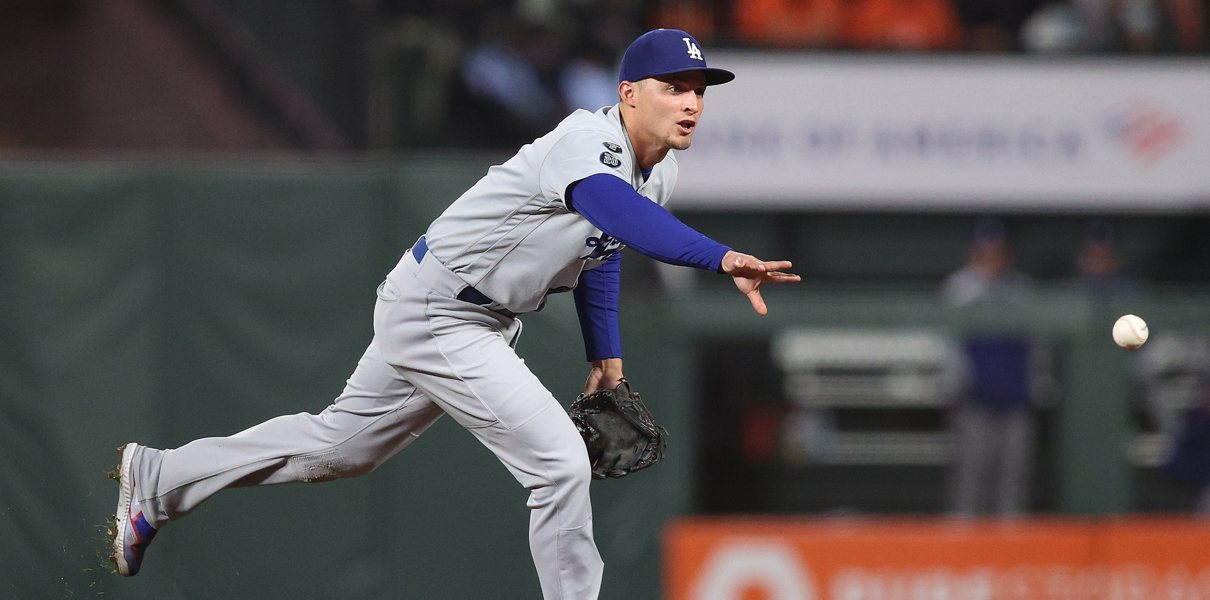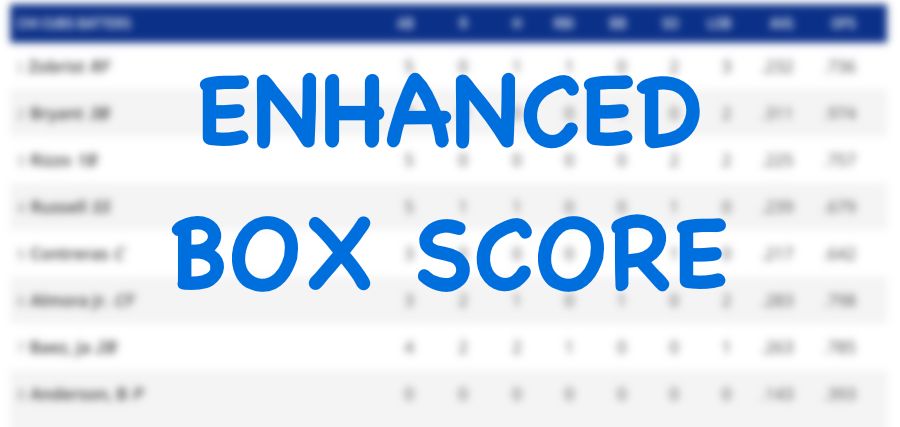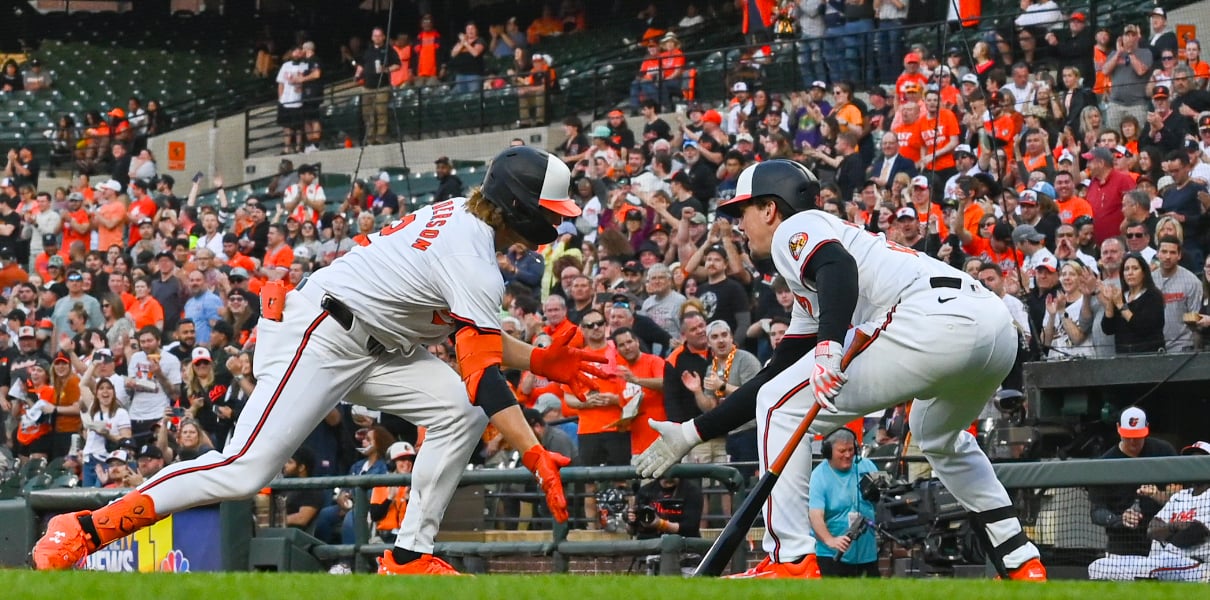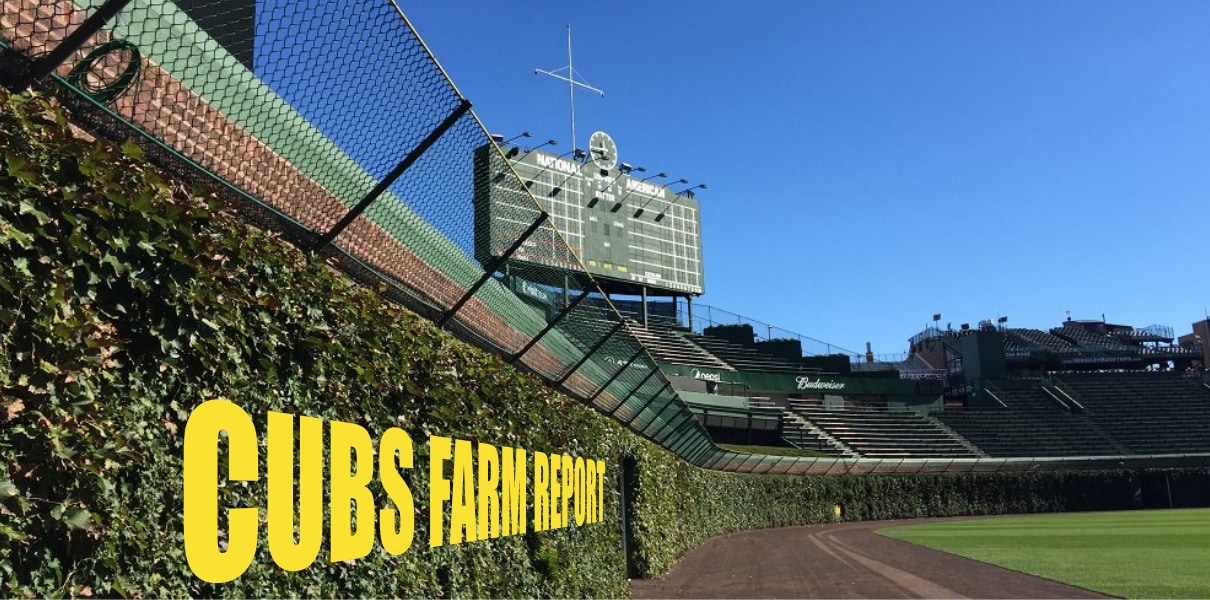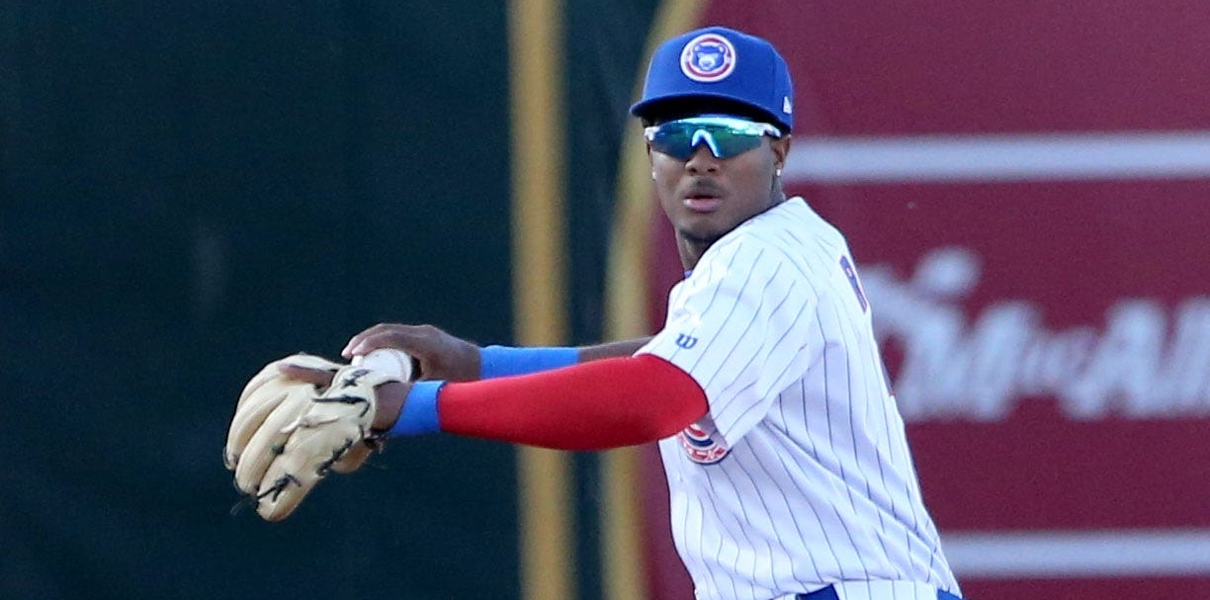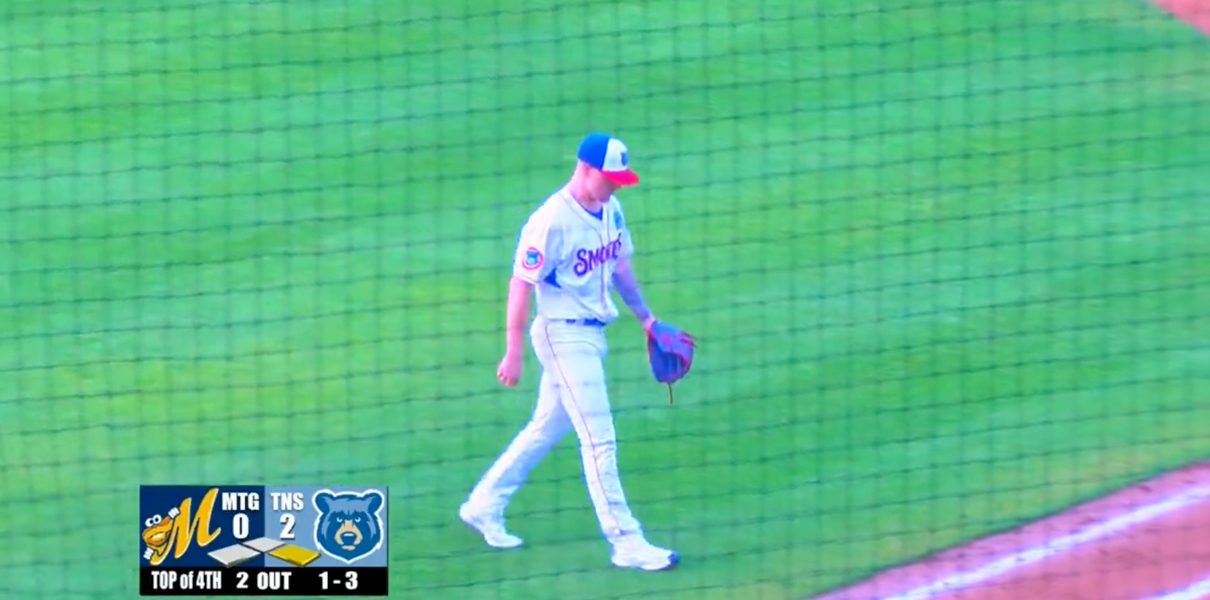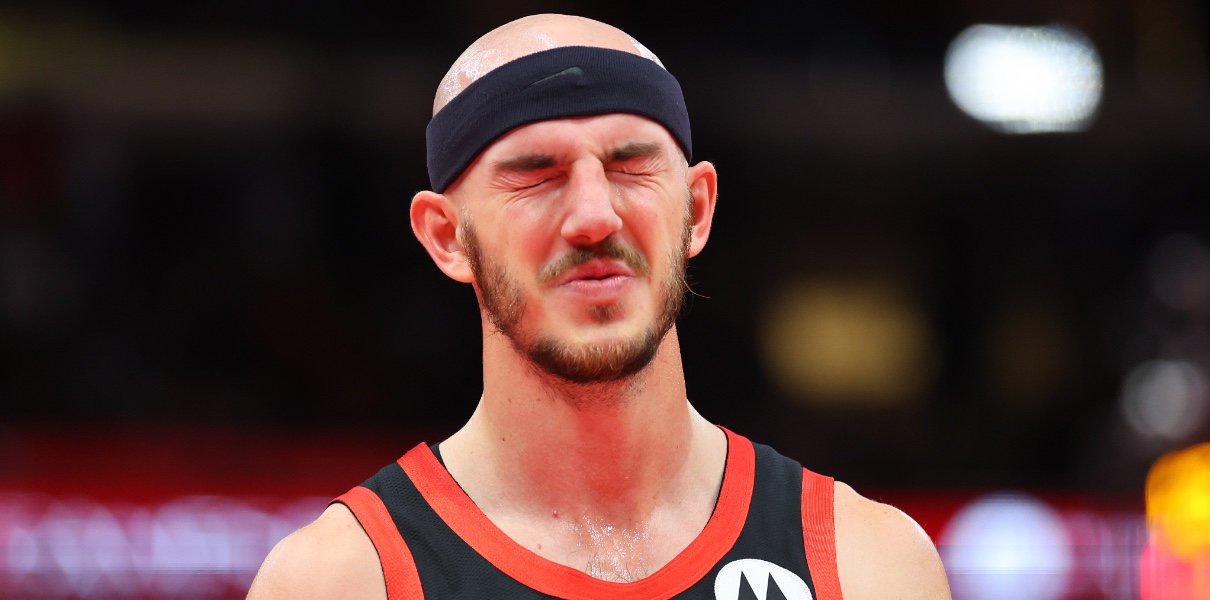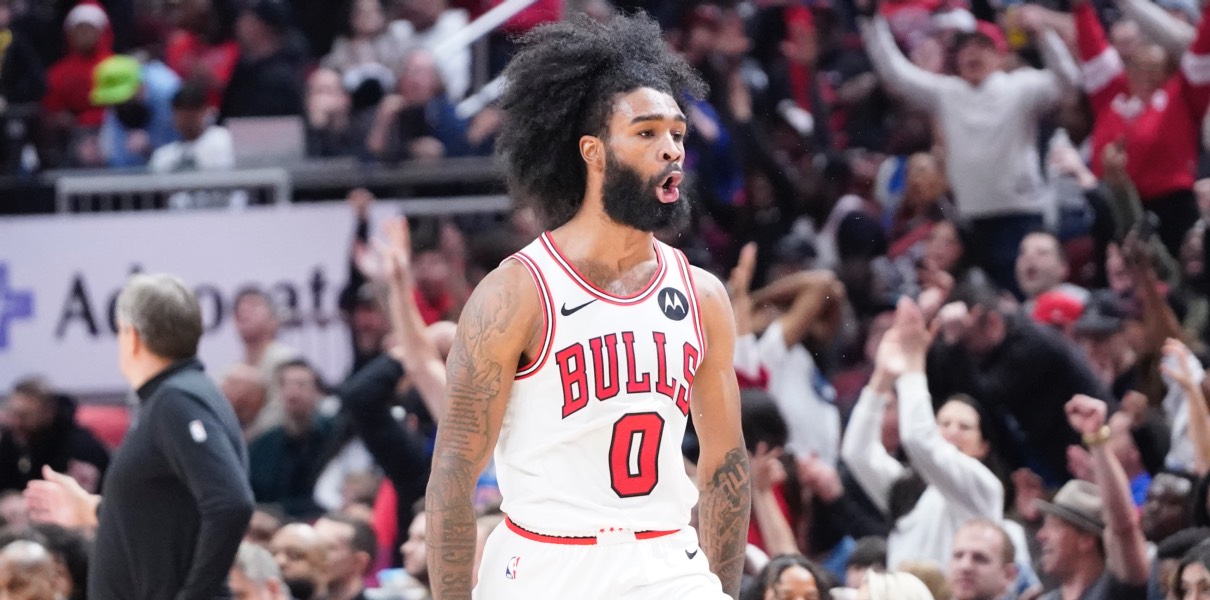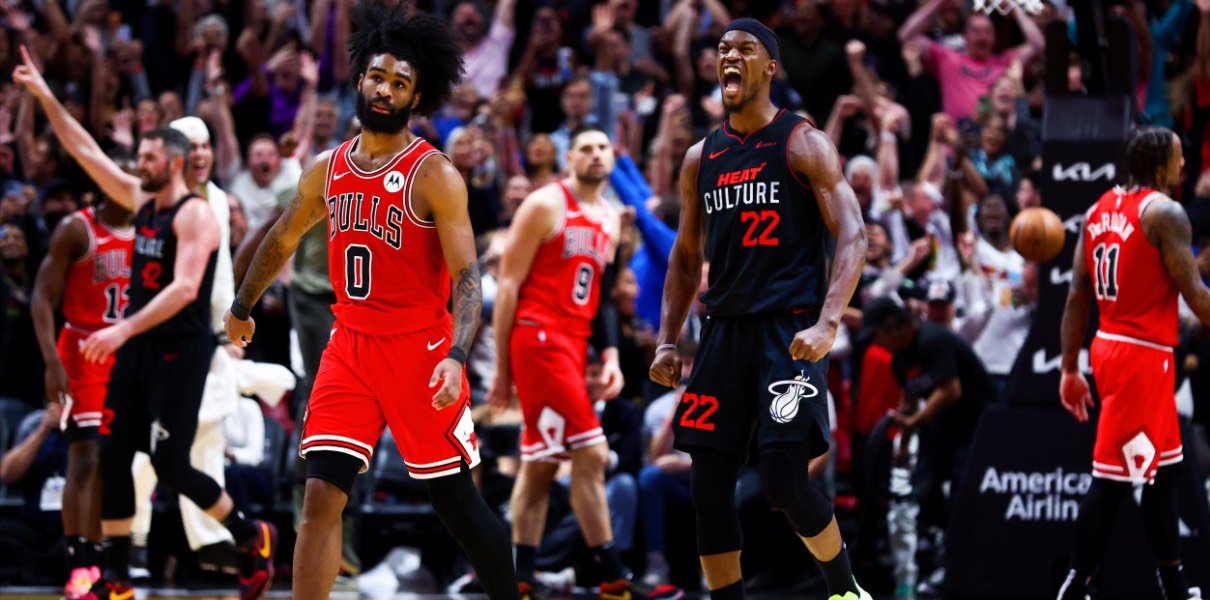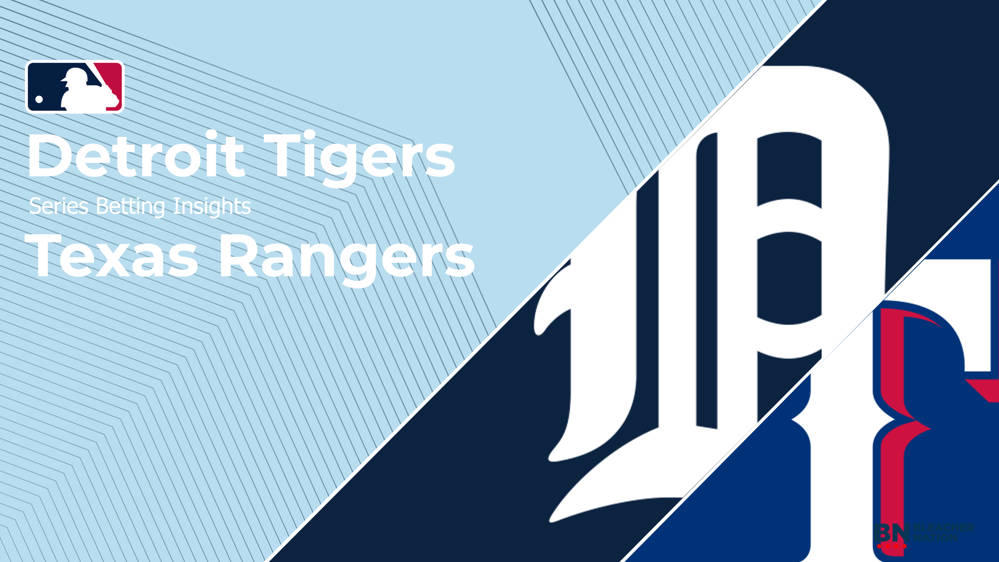All right, that’s it. I give. Despite what seemed very unlikely at the end of the regular season, the Chicago Cubs are evidently going to be (at least minimally) involved in the elite shortstop free agent market*. We can play around with that word “involved,” but however you frame the discussion, it is no longer the case that the Cubs are considered “out” on all high-dollar shortstops.
There have been broad reports of them doing their homework on the top-shelf free agent shortstops, and gauging the market, as well as specific ties to Trevor Story and Javier Báez. And now, today, they’re mentioned as one of just six most likely suitors for free agent Corey Seager, who’s perhaps going to get the second largest free agent contract of the winter.
*And for what it’s worth, these reports aren’t all from a single reporter. Jon Heyman (Báez), Buster Olney (doing their homework on the elite shortstop market), and Mark Feinsand (Story) have all clearly been hearing something similar with respect to the Cubs intentions this offseason.
With all of that said, this explanation from Mark Feinsand on why the Cubs are included – together with the Dodgers, Yankees, Rangers, Tigers, and Phillies – isn’t particularly deep or convincing …
Cubs
Chicago has roughly $40 million committed in salaries in 2022 and ’23, and just $7 million locked up for 2024, so the idea of the Cubs spending on a big free agent or two this winter seems quite likely. Having traded Báez last summer, the Cubs will likely test the waters on the free-agent shortstops, with Seager among the potential targets.
… but the collection of smoke to this point has been noticeable. And, you’ll note, the attitude is a total narrative flip from what we had heard about the Cubs early in the offseasons before 2020 and 2021.
Seager, of course, is a stud when healthy, is only 27, and every team in baseball would love to have him on their team. That part is self-explanatory.
Lotta things to say about all this, though.
For one thing, and only for what it’s worth, using $40 million as the payroll basis is a little misleading. Throw in arbitration estimates and the rest of a 26-man roster and their actual payroll right now is more like something roughly double that amount. But the point remains … the Cubs have money to spend, a glaring hole at shortstop, a need for the sort of fire power that Seager can provide, and no shortstops prospects in the upper-levels of the minor leagues. So, yeah, I like the way Brett put it recently: You don’t always have to overthink it, at least when it comes to why the Cubs are at least mentioned in these conversations or monitoring these markets.
Still, I’ve gotta pump the brakes a bit, perhaps in the same way Brett did when Carlos Correa started saying all those nice things about Wrigley Field and the Cubs earlier this offseason (oh, yeah, there was that one, too). Just replace “Correa” with “Seager,” when you read everything below, and you’ll catch my drift:
But step back with me for a moment.
Yes, the timeline does still work because of Correa’s youth. But the reality is that Correa’s best seasons would STILL project to be in the next two or three years, and that means other teams may have more incentive to ball out on their offers to him than the Cubs (the Yankees make a ton of sense in that regard, as do the corner-turning Tigers). It doesn’t mean the Cubs *wouldn’t* want him. It just means that other teams may rationally value him at $X more than the Cubs would rationally value him at this time.
That is to say, I would be very surprised if the Cubs were aggressive on Correa at this time.
The only way I can see the Cubs seriously going after Seager is if they pair that with *significant* moves elsewhere. That would mean at least one impact arm in the rotation, another quality arm, and probably also another everyday outfielder. And that’s where I get tripped up. Do we really expect the Cubs to add the second priciest free agent shortstop *and* two big-time free agent starters *and* another everyday position player? They may have the room to do it, but that would be a very accelerated timeline for a club that doesn’t quite have the bones yet. And as Jed Hoyer said this week, you are thinking not only about the 2022 dollars you are spending, but also 2024 and beyond.
So I guess the point here is that signing Seager is possible. Sure. Of course. Plausible? Well, I’m not quite so sure there won’t be a team (or teams) more anxious to sign him and therefore willing to go above the Cubs’ comfort level. It seems more likely that the Cubs will remain involved at the periphery of the top shortstop market, and wait to see if someone’s market doesn’t quite develop fully.
And that’s where we’ll leave it for now.
As the offseason rolls on and/or if this story gains any legs, we’ll take a closer look at Seager’s value, injury history, and projected contract (Kiley McDaniel had him at 7 years, $210M, and FanGraphs has him somewhere between 7-8 years and $196-$240M … just to give you an idea).



